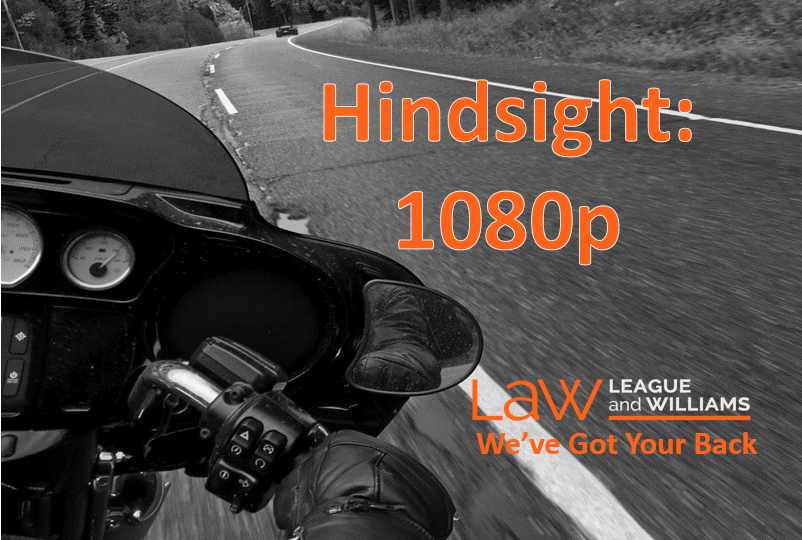GET IN TOUCH
Please contact us for more information. Our email is monitored seven days a week and we will get back to you shortly.

It was a beautiful September day for a ride. Mr. G and his friend rode their Harley Davidsons to a local B.C. restaurant to enjoy lunch and then began the casual trip home. Both were seasoned riders with more than 30 years of experience riding at the time. Unfortunately, the trip home ended when Mr. G hit the back of the stopped vehicle making a left turn, and he suffered life altering injuries. The driver of the truck claimed that Mr. G was at fault for the accident for failing to keep proper lookout, and failing to stop in time or avoid the collision. Meanwhile, Mr. G claimed that the driver of the truck was at fault for the accident, having stopped abruptly and failing to signal his intentions to make a turn. The lack of agreement and convincing independent evidence about what had happened on September 14, 2013 led to a three-day trial in February 2017 and a BC Supreme Court decision dated May 19, 2017.
The BC Supreme Court relied on the evidence given by experts and other witnesses to decipher what had happened that day and determine who was at fault for the accident. There were discrepancies between the testimony of the driver of the truck, the motorcyclist and other witnesses. Notably, the legal burden was on the motorcyclist, approaching from the rear, to prove that he was not at fault for the accident. Ultimately, the court found that the motorcyclist was 75 percent at fault while the driver was 25 percent at fault for the accident.
This means that when damages suffered by Mr. G. come to be assessed by the court, the driver of the truck is responsible for 25% of Mr. G’s damages (such as pain and suffering, lost wages, uninsured medical expenses, etc) and Mr. G. will be unable to collect or be out of pocket the remaining 75%. If the motorcyclist was entitled to $400,000 in damages because of the accident, he would be awarded $100,000 from the driver of the truck.
What if the motorcyclist had been wearing a helmet camera at the time of the accident? What if some other driver had dash camera footage of what had happened? What if there was clear, compelling video evidence about what happened on the day of the accident?
The matter might never have found itself before the courts 3.5 years after the accident, or that if it did find itself in court, that a much shorter (or more certain) trial would have been needed, meaning the court might have been able to address the issue sooner. It is likely that expensive expert opinions about what happened also would not have been needed. It is also possible that the allocation of fault might have been substantially different. Ultimately, it is likely that the motorcyclist would not have faced as much uncertainty and been able to resolve his claim earlier and without the risk of trial.
Having worked for accident victims, including motorcyclists, over the past 17 years, League and Williams understands the the value of clear, persuasive evidence cannot be understated when it comes to achieving timely and fair results after an accident. Video evidence can be very helpful to accident victims. Thankfully, it is becoming increasingly common for video evidence from dash cams or helmet cams to be available in the wake of a crash. To help, League and Williams is giving away two, hi-def helmet cameras on July 12, 2017 – see our Facebook page for details.
If you, or someone you care about has been involved in an motorcycle accident contact us at 250-888-0002 or by email at info@leaguelaw.com for a free consultation. Our priority is our client’s recovery. We do not get paid until you do, and are BC injury law experts